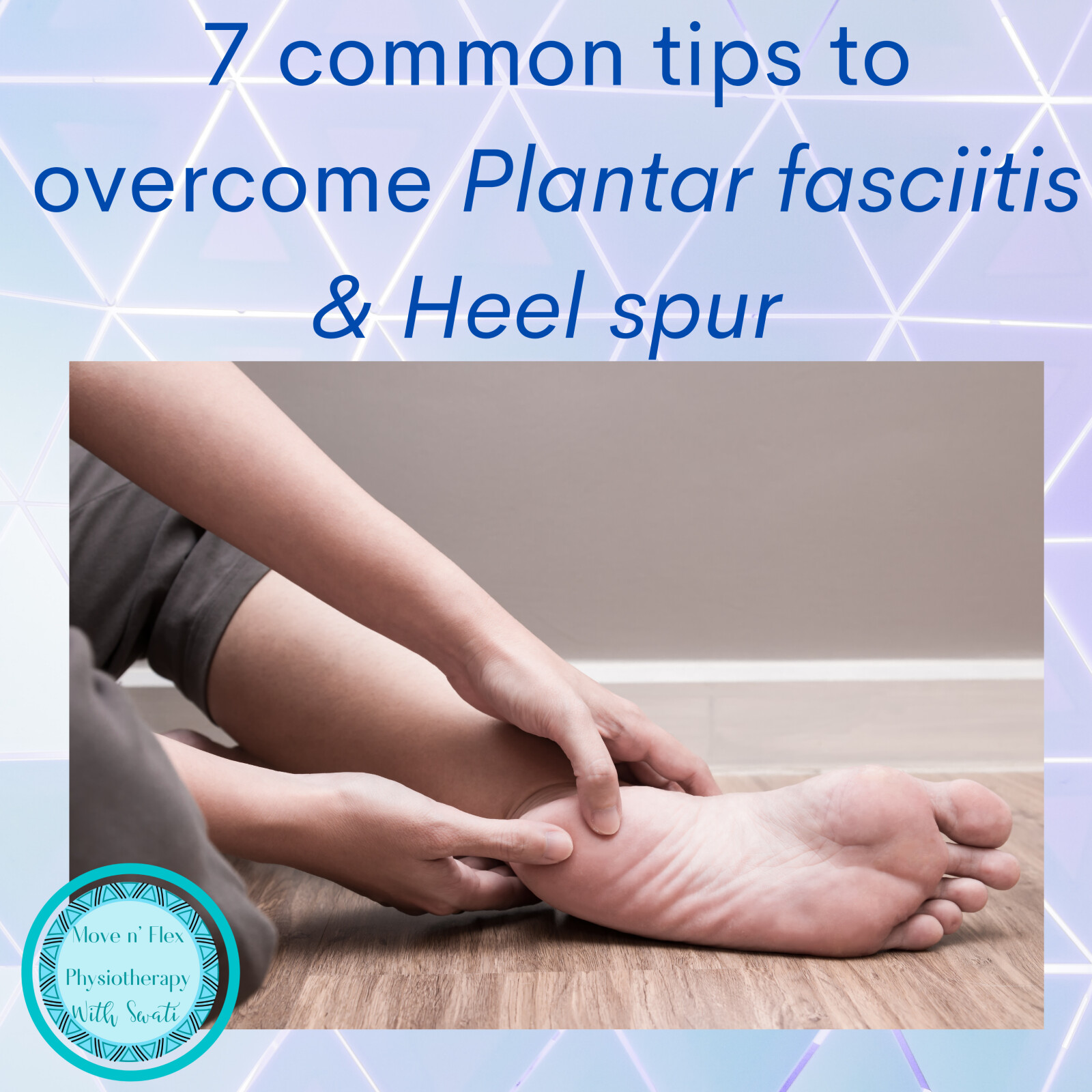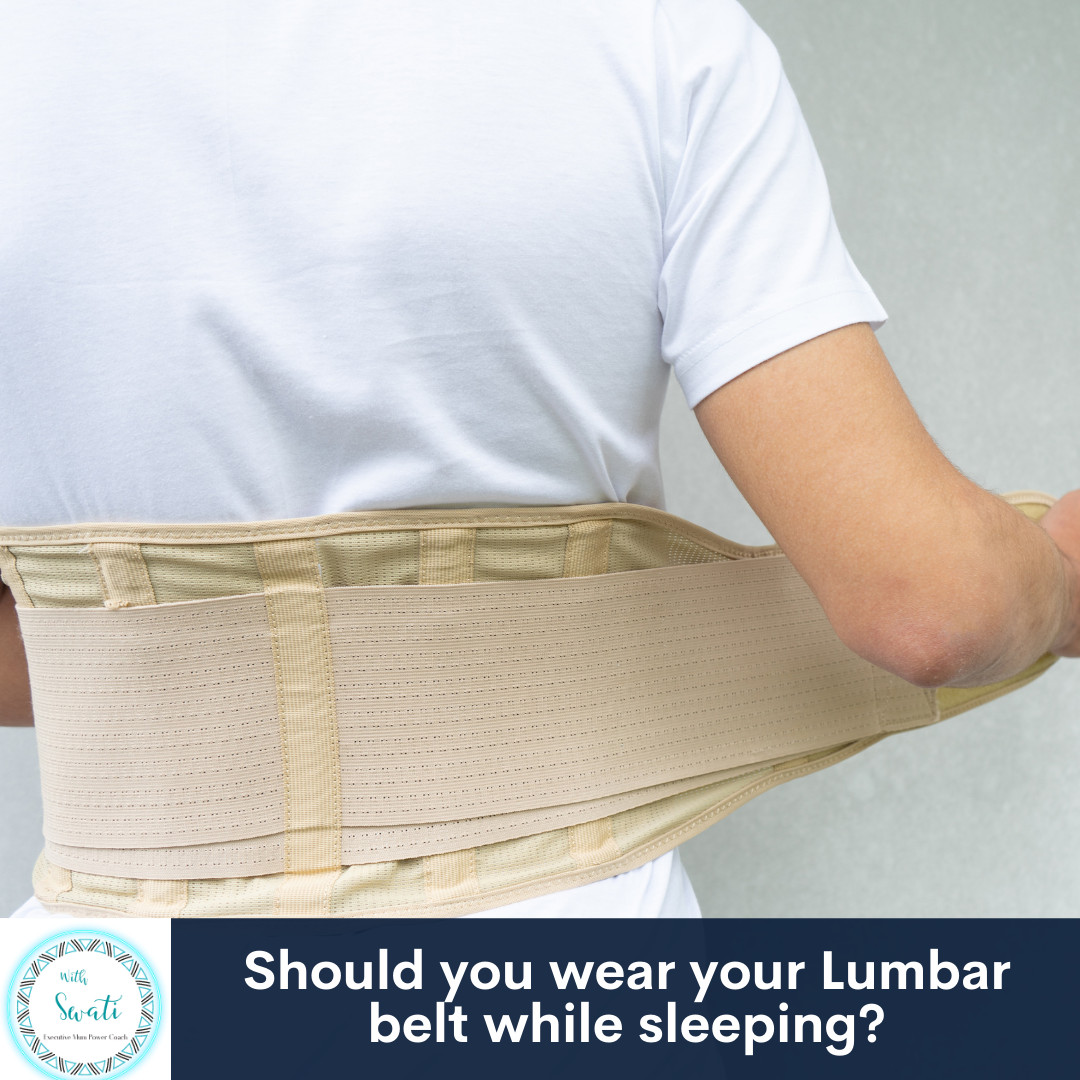
Plantar fasciitis and heel spur can be very challenging conditions specially when you have to juggle the responsibilities of work and home as an executive mum. Lets discuss some of the simple yet effective ways to tackle plantar fasciitis and heel spur, in this blog.
Rest: When the fascia is inflamed it is recommended that you avoid prolonged standing. Avoid activities such as running that cause repetitive loading on the fascia and heel. Instead of running, you can try non weight bearing exercises such as swimming. When your pain subsides and you are ready to resume running start slow and steady, gradually increasing the distance.
Don’t walk barefoot: Walking or standing barefoot on the floor increases the pain as there is no cushioning effect and thus lesser shock absorption for the foot.
Cold compress: A cold pack helps to ease the inflammation in any area and it is true for conditions such as plantar fasciitis and heel spur as well. An easy way to apply a cold pack to the arch or sole of foot or the heel is to roll a frozen bottle of water under the area. If you are travelling and are outdoors just buy the coldest bottle of drink that you can find and use it as a make shift ice pack! Another tip is to always apply a cold pack when you have been standing for a prolonged time and also at the end of the day when the inflammation tends to result from the cumulative stresses of the day.
Avoid high heels: High heels exert additional stresses on the foot, thereby increasing the inflammation, leading to more pain.
Check your shoes: Always wear supportive shoes that can support the foot well during all the daily activities. Check out my blog on shoe health here. If you have flat feet, shoes with inbuilt arch support serve well as they prevent the collapse of the arch of the foot. Orthotics are also a good solution to incorporate arch supports into neutral shoes.
Move your foot: Always move your foot in circles (clock and anticlockwise) and in all four directions (up, down, left and right) before stepping down from the bed after a nights rest or before standing when you have been sitting for a long time. This ensures that the circulation in the area is not slow and it also helps to gradually lengthen the fascia that can shorten overnight.
Stretch: The calf muscle is the key muscle to stretch in plantar fasciitis and heel spur. A shortened calf muscle will cause a pull at the attachment on the heel and in turn cause a tug on the plantar fascia. A simple calf stretches is given below:
Sitting calf stretch:
1. Sit with your legs extended out in front of you.
2. Pull your feet in towards you from the ankle.
3. You can get an additional stretch by using a towel or yoga belt and placing it around the ball of the foot.
4. Hold the stretch from 15-30 seconds. Repeat 3-5 times in a day or more, if possible.
5. This stretch can be done on one or both feet at the same time.
If you want to know more about these stretching exercises and other easy solutions to manage your heel spur and plantar fasciitis, join my free community where we have done a free training on "Simple solutions to manage your Heel Pain"
If you like this blog and want to be notified about new blogs as soon as they are published, subscribe to my mailing list below.
I would love to see you around the internet! For other places you can explore more about me: https://withswati.com/page/link
















0 Comments